Dungeons & Dragons may be one of the most popular TTRPGs out there, but that doesn’t mean there aren’t games that do certain things better. Of course, “better” is pretty subjective when it comes to TTRPGs, seeing as different playgroups or even individual players value different aspects of the games. I’ve played with people who are happy with weeks-long dungeon crawls that are all declaring combat actions and rolling dice, whereas other groups are far more interested in role-playing than fighting.
Personally, I come down more on the role-playing side than the combat side. While I think combat is integral to adding action and creating tense or cathartic moments in a D&D campaign, I never want it to drag on for too long. I have noticed that some TTRPGs besides D&D actually do a much better job ensuring that combat never goes on for too long. If D&D’s new Monster Manual takes some inspiration from other games, I’d be thrilled. If not, there are still solutions to this issue.
Pirate Borg's Combat Is Much More Streamlined Than D&D
Combat Involves Less Rolling And Moves More Quickly
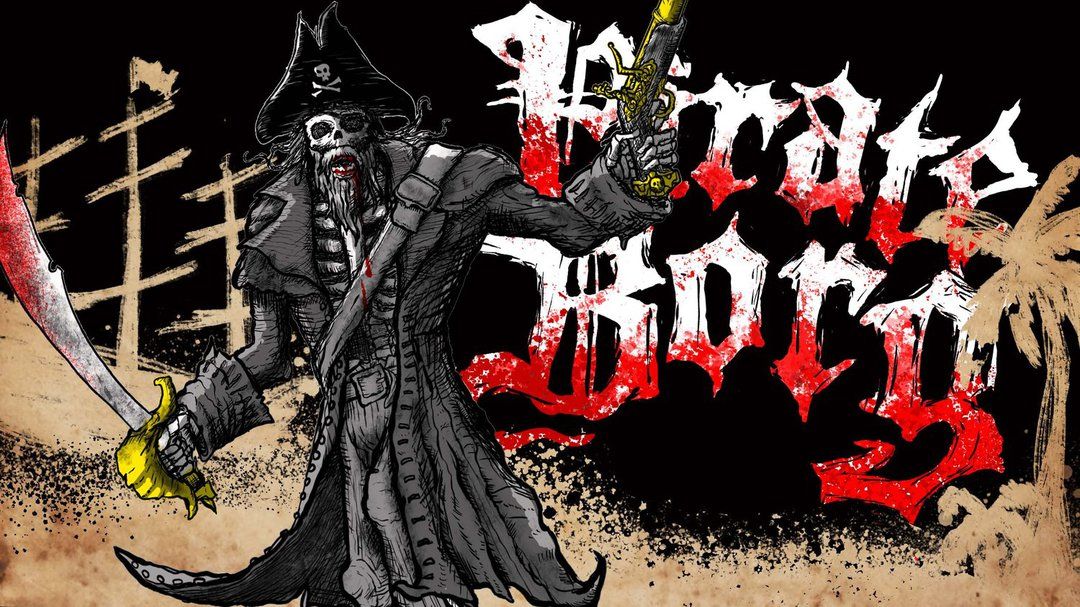
As a player, my eyes start to glaze over when D&D combat goes on for more than an hour, especially if I’m playing a martial character with a limited number of potential actions. Things are slightly better as a DM because I get to control an array of monsters, but there’s still a limit to how long an encounter can last before it stops feeling exciting and just gets boring. Luckily, my recent experience with the game Pirate Borg showed me exactly what I’ve been missing in D&D’s combat system.
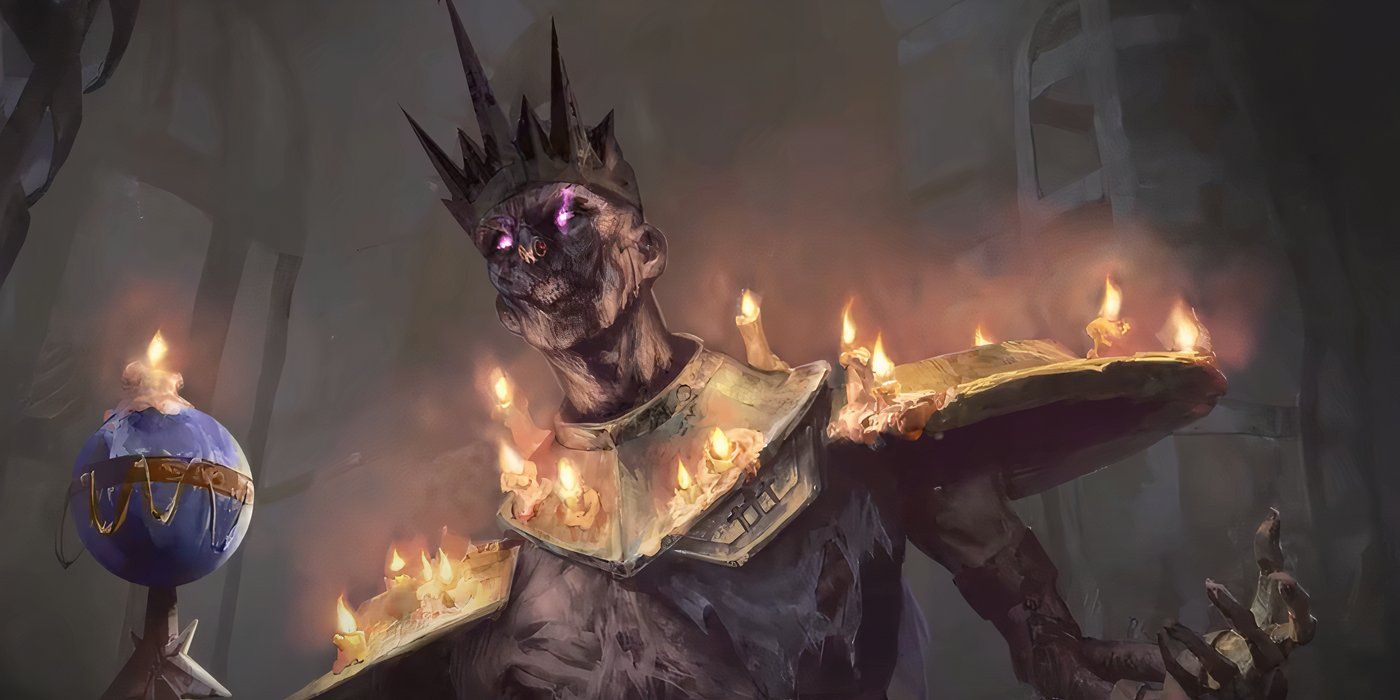
Related
Dungeons & Dragons Collab Announced For Dead By Daylight Despite Declining Player Numbers
The latest collaboration between Dead by Daylight and Dungeons & Dragons is looking to take the initiative to bring back up declining player numbers.
Pirate Borg markets itself as a “rules-lite” roleplaying game. While it is compatible with the Mörk Borg game system, the game is also completely playable on its own. There’s a lot to love about Pirate Borg, from the option to roll up a sentient Parrot as your PC to its slick naval combat system. However, what most captured my attention about the game was its quick, and sometimes brutal, combat encounters.
Mechanically, the game emphasizes short combat rounds through low HP totals on both PCs and monsters, and a streamlined initiative system where there are usually just two turns: players, and enemies. Players also roll checks to hit and checks to dodge against their own scores, meaning stat blocks for monsters are incredibly simple. This cuts back on DMs having to constantly remind themselves what monsters can do. While some depth in combat and monster mechanics are lost here, these changes go a long way in preventing combat from becoming a boring slog.
D&D's New Monster Manual Could Make Enemy Turns Quicker
The New Monster Manual Simplifies Monster Stat Blocks
Looking at materials previewed from D&D’s new Monster Manual on D&D Beyond, it’s clear that monsters are not going to be nearly as streamlined as they are in Pirate Borg, and that’s okay. Plenty of D&D players want a more in-depth combat system, and some may even want fights that last entire play sessions. For these players, simplifying monsters too much would take away an integral part of the game. However, the Monster Manual does seem to acknowledge that some expediency helps make combat more fun.
For one thing, the new Monster Manual has made it much easier to see relevant information about monsters, like their save or initiative modifiers. Looking at stat blocks for the new dragons, there is also an indication that some information that was originally laid out in other sections of the book, like Lair bonuses, is now included on stat blocks. That can help keep things moving since DMs won’t need to flip between multiple pages to remember everything a creature can do.
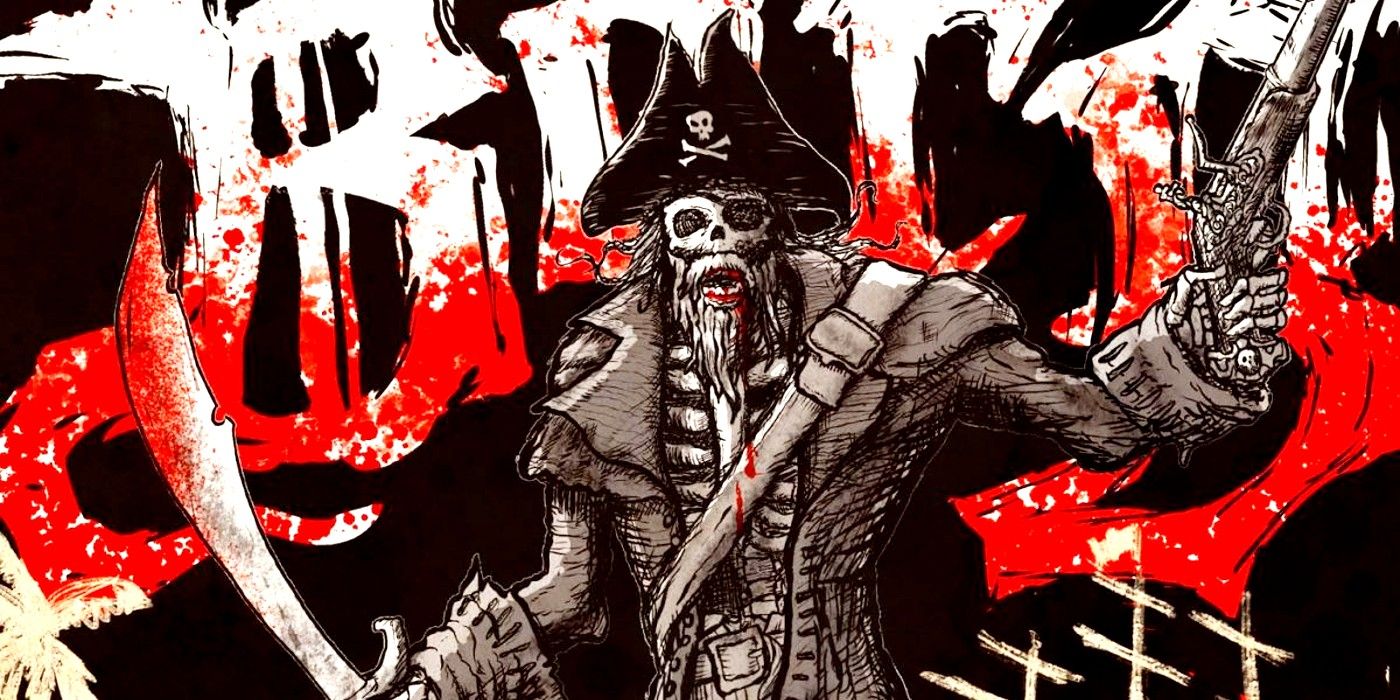
Related
Pirate Borg Review: Heavy Metal Buccaneering In The Dark Caribbean
Pirate Borg is a brutally fun tabletop supplement that uses Mörk Borg rules for high-seas adventures and naval combat in a dark fantasy world.
Another point the D&D Beyond preview material makes clear is that there was an effort made to consolidate information on a monster’s stat block to make it simpler to read. While these changes are welcome, I don’t imagine they will fully fix all my issues with D&D’s combat. Luckily, for anyone wanting to go a step further in speeding up their battles, there are some cues we can take from Pirate Borg to help out.
Pirate Borg’s Design Can Help Supplement The Monster Manual
Incorporating Elements Of Pirate Borg Can Make The Monster Manual’s Stat Blocks Even More Streamlined
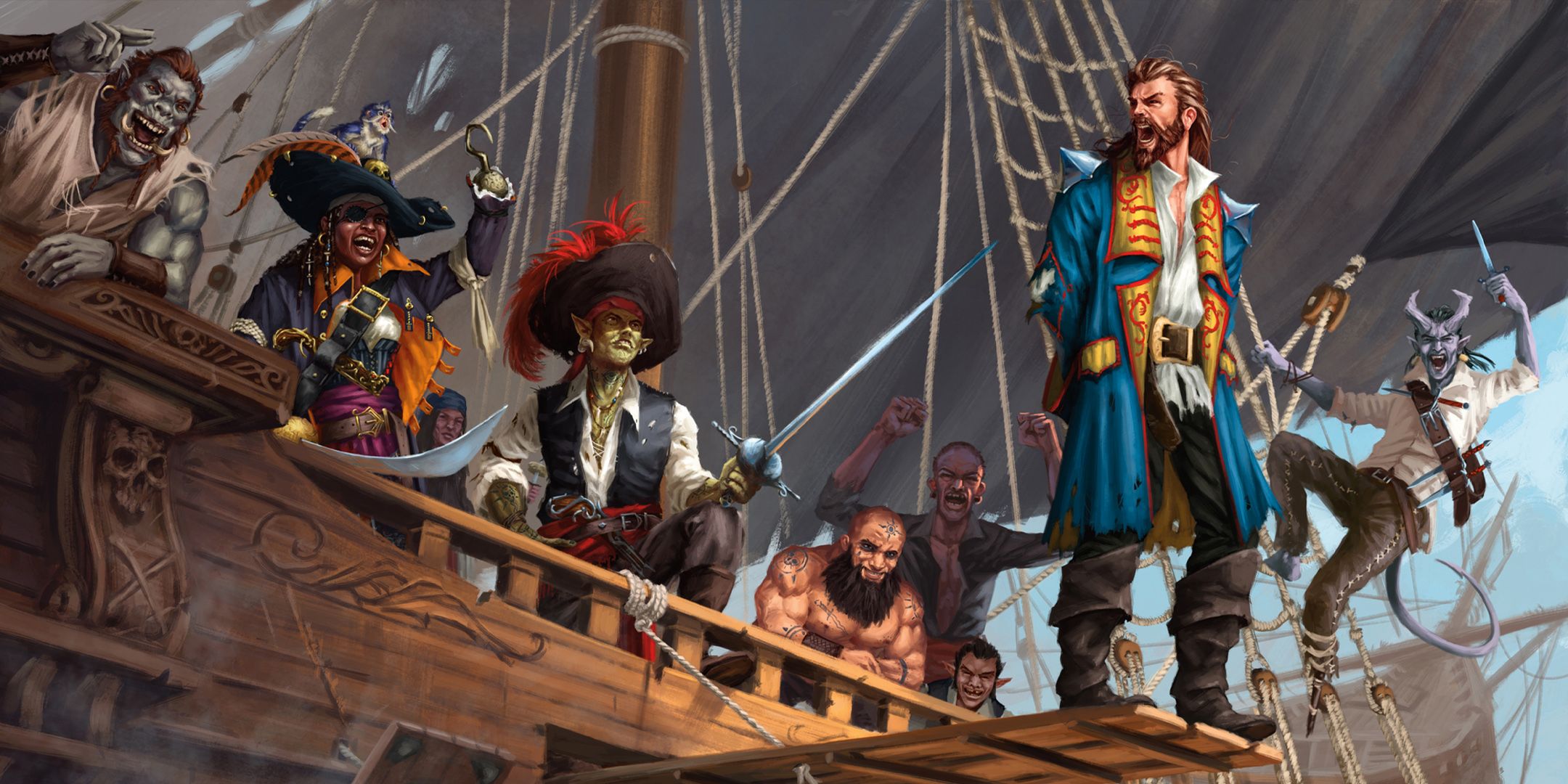
After enjoying Pirate Borg’s combat, I’ve been looking for ways to help incorporate some of its design choices into my D&D games. While D&D’s combat system makes it impossible to make monster stat blocks more barebone - D&D’s spells and special abilities make things like saving throw modifiers necessary for balance - some elements of Pirate Borg’s stat blocks work great. For instance, boiling everything down to simple numbers can help streamline things a lot.
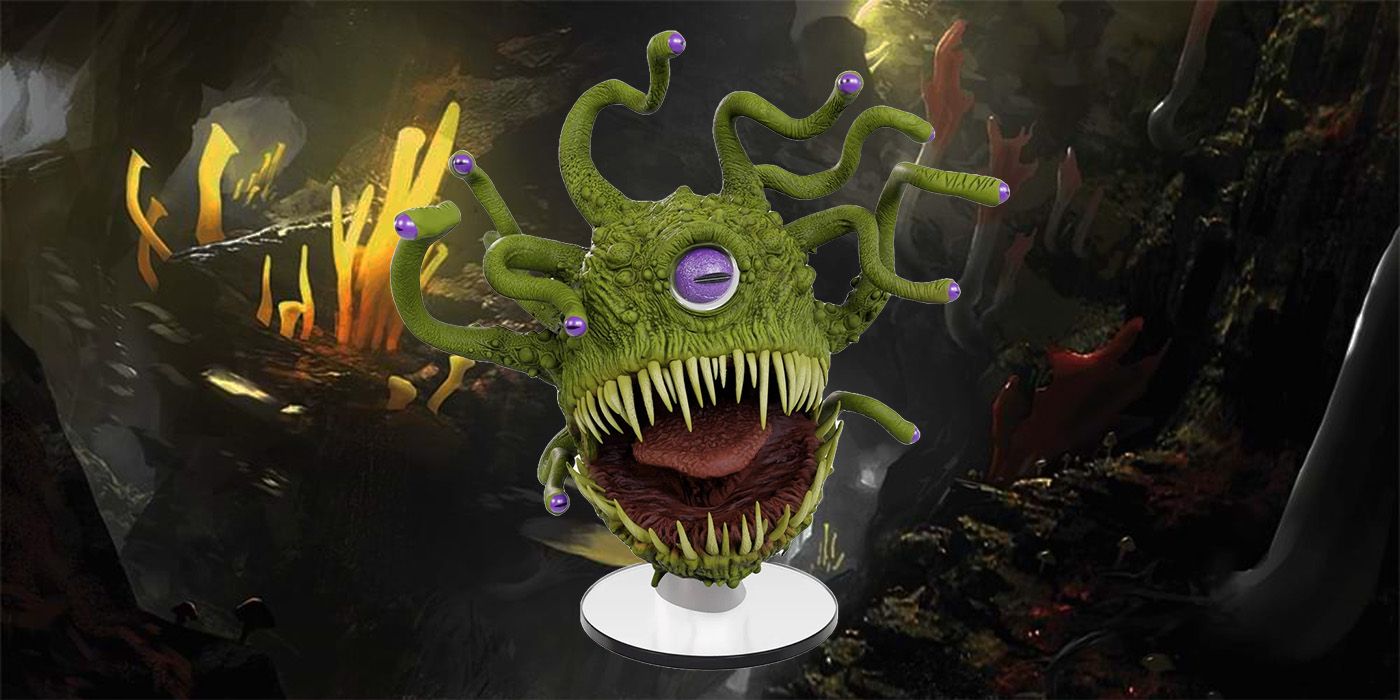
Related
Dungeons & Dragons Miniatures Are Getting A Glow-Up, Literally
WizKids has announced a new line of Dungeons & Dragons miniatures line that includes a glow-in-the-dark effect for some classic monsters.
One change I’ve experimented with is simplifying a monster’s multi-attack ability by simply writing out the number of attacks it gets and dividing its damage equally across that number. That saves me from having to check the different damage values and types when doing things as written, where a monster attacks twice with claws and once with a bite. This also saves me from having to reword “the monster scratches then bites you” a million different ways when describing combat actions. By keeping how the monster attacks vague, there’s room for more interesting action descriptions to set a scene.
I have also adopted Pirate Borg’s initiative style which has all player characters moving on one round, and all enemies on another. Allowing your players to move all at once lets them to coordinate their attacks. Not only can this help streamline combat by removing the need for as many held actions, but it will also allow your players to pull off cool moves they might not otherwise get to. This helps foster more player engagement in combat because they can work together and get creative more easily.
Incorporating Elements From Other TTRPGs Can Improve D&D
Customizing Your D&D Experience With Rules From Other Games Can Make It Fit Your Play Style Better
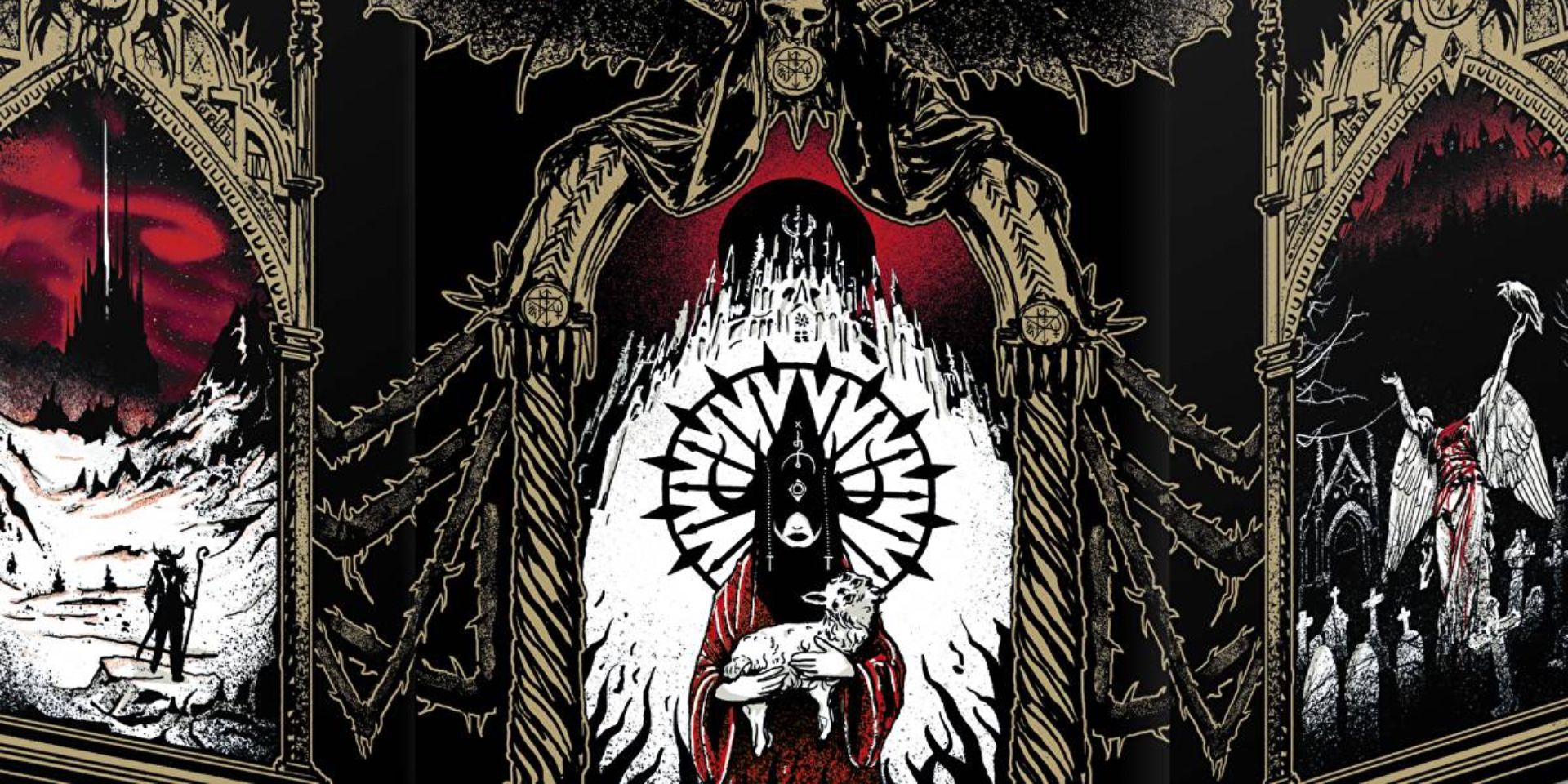
If you’ve played D&D for a while and find certain elements of the game just don’t fit into your group’s play style that well, I would encourage you to check out other role-playing games. Aside from combat, Pirate Borg also helped me overcome some other issues that I’ve struggled with as a DM in the past. A great example of this is the game’s multiple dice tables.
TTRPGs are all about creating a fun experience. If that means changing the rules, so be it, as long as it makes things more fun for all involved.
I sometimes have trouble enforcing consequences for player actions, even when they make sense, because I don’t want to make it feel like I, as a person, am punishing one player unfairly. Pirate Borg showed me the best solution to this is to show players the potential consequences of their actions before they make a certain choice. Pirate Borg does this through dice tables for things like Carousing or taking the in-game substance ASH. This shows players the exact calculations of how risky their actions are and what might happen, giving them full accountability for their choices.
Even other editions of Dungeons & Dragons can help improve the current one. For instance, Fourth Edition’s Skill Challenges can serve as a great way to allow players more creative ways to solve a given scenario, while keeping the same tension and action that you get from combat encounters. At the end of the day, TTRPGs are all about creating a fun experience. If that means changing the rules, so be it, as long as it makes things more fun for all involved.
Source: D&D Beyond
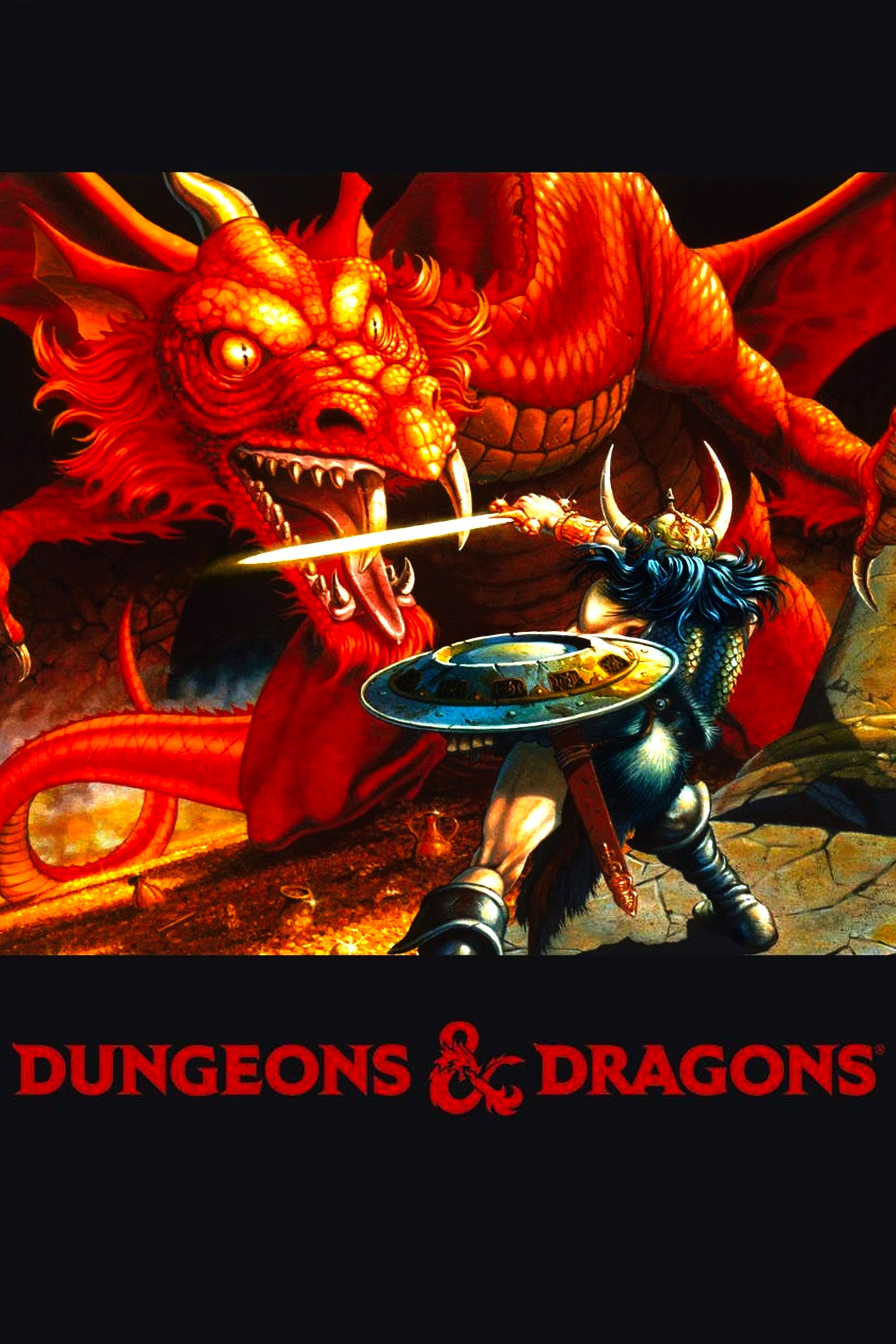
Dungeons and Dragons
Original Release Date 1974
Publisher TSR Inc., Wizards of the Coast
Designer E. Gary Gygax, Dave Arneson

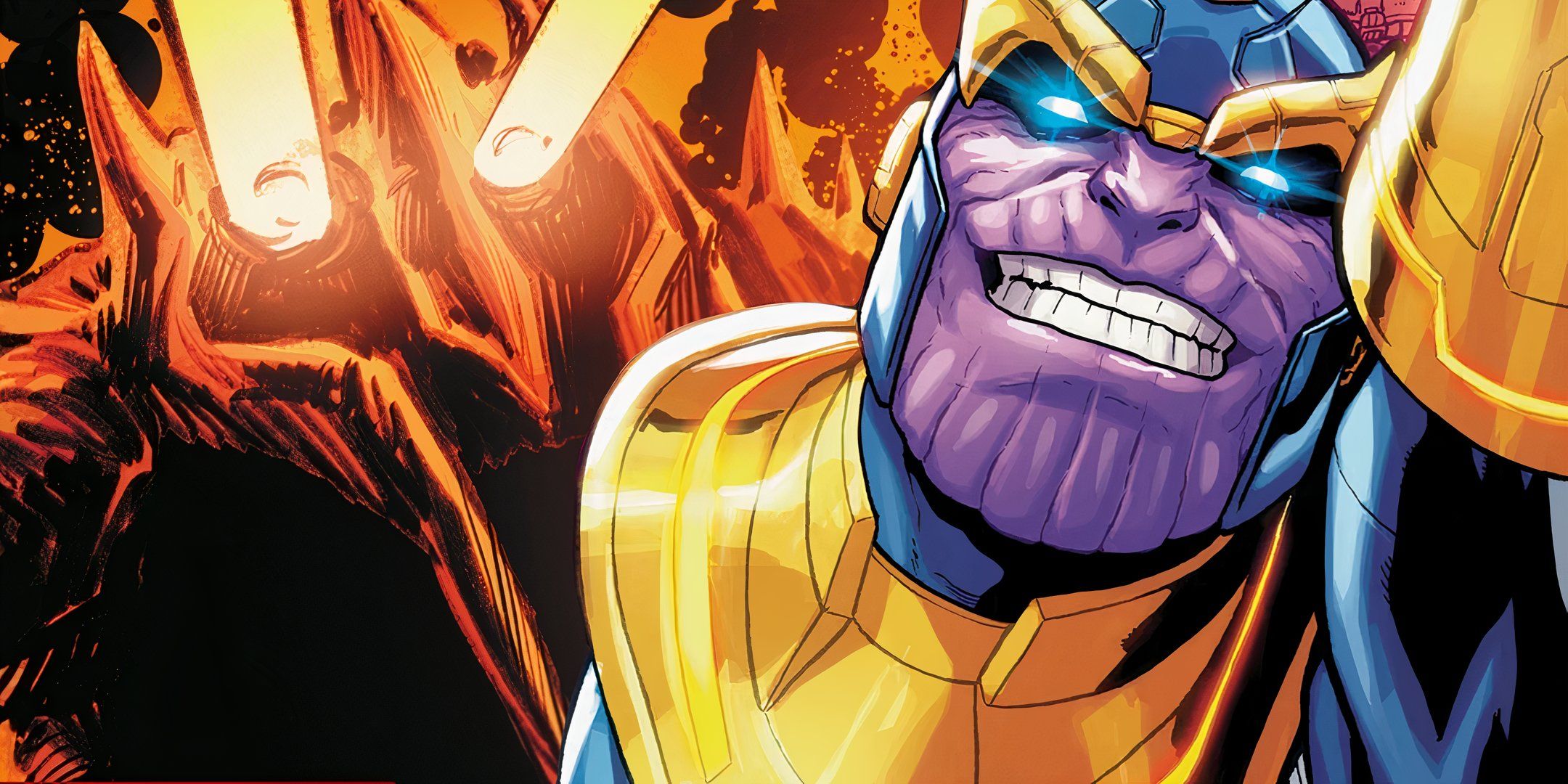







 English (US) ·
English (US) ·